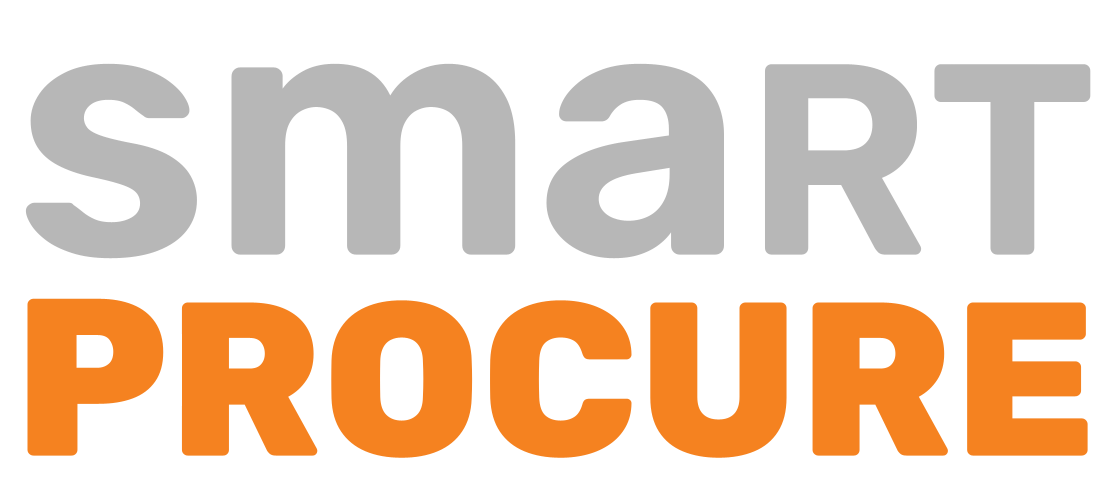The P2P in procurement was developed for efficiency and savings in payment transactions and financial activities. Technology support is essential.
The management of purchasing or procurement processes, the process flows with the procurement, and the data that surrounds the realization of the actual order or product/service payment, and the management of this data and process are called P2P
P2P stands for purchase-to-pay. So, from purchase requisition to payment...
In a company, the event of associating the procurement process with the final payment to the vendor through the goods receipt process is referred to as "vendor". In recent years, companies have been scrutinizing their P2P processes with the utmost care to reduce overall costs, empty out needed cash, improve operational performance and make better financial decisions.
In addition to reducing overall costs, improving the payment process in purchases can add visibility to the management to allow for better communication with the supplier regarding where the products are in the distribution process and payment of the seller.
"Chartered Institute of Purschasing and Supply", however, thinks that ensuring payment and ensuring a smooth process from the point of order to the point of payment. Technology can help this process move forward smoothly.

P2P Elements from Purchase Requisition to Payment
There are many elements within this process; however, it is necessary to seize the important points according to the general process process. The process starts with selling the products and results in payment for the selected vendor. The elements that you can offer an outstanding point shot are sources, contracts, purchase, goods receipt, invoicing, invoice processing, analytical, and more.
This purchasing term, which also includes accounting activities, is called lump sum payment. Automation enables workflow in the purchase-to-pay system. Various ERP software and purchasing software also facilitate this process.
The use of software systems provides efficiency controls and streamlines the process. By referencing cross-references with these software, purchasing controls can be enforced. In addition, purchasing limits are also aligned.
Predefined limits enable the scheduling of transactions such as requests and approvals. You will have a purchase order after confirmation. It will then be emailed immediately to the supplier. Your complex multi-vendor tables will thus become more streamlined.
Purchase orders (purchase order-PO), PO expenses, capital, credit card and reimbursable expenses can also be captured automatically with P2P systems. Financial departments can also be controlled for internal spending. Instant access to edema data for expenditures. Ultimately, efficiency and cost savings will also benefit.
Meet purchase requisitions at super-fast speed
Bring SmartProcure collaboration and coordination to the top
If You Want Call First
